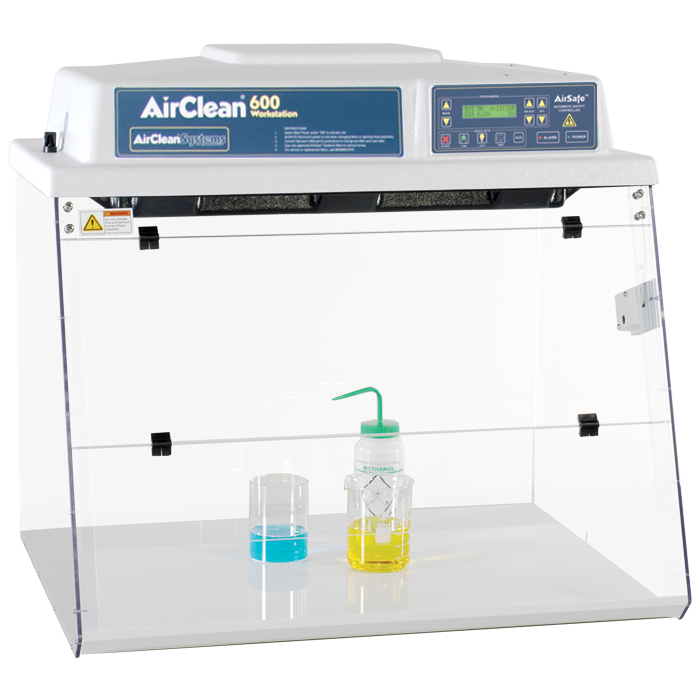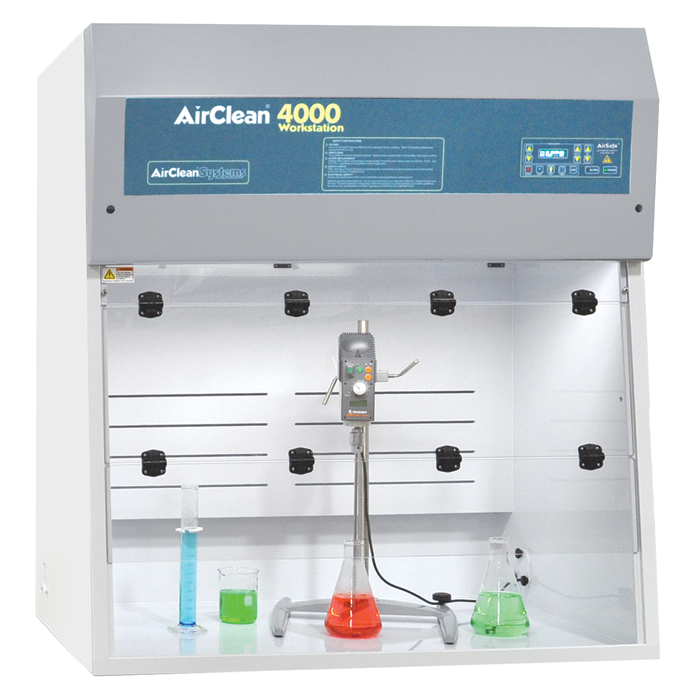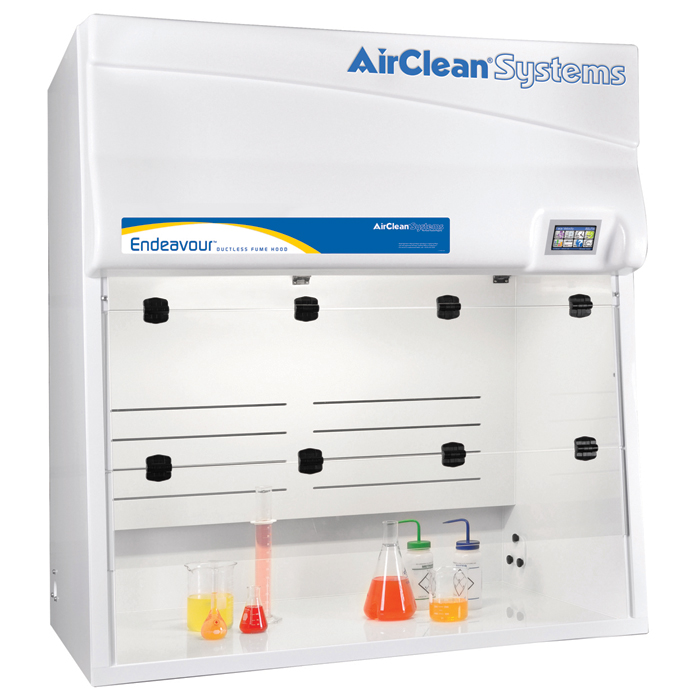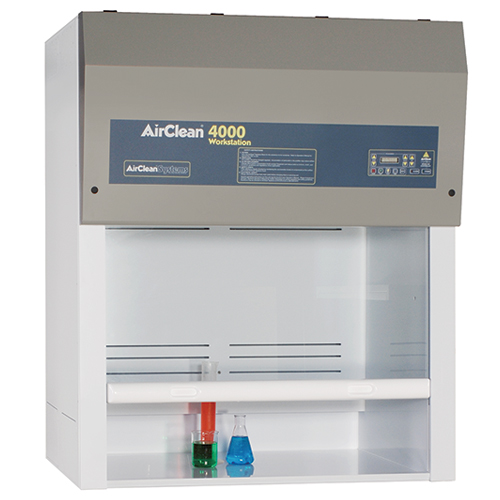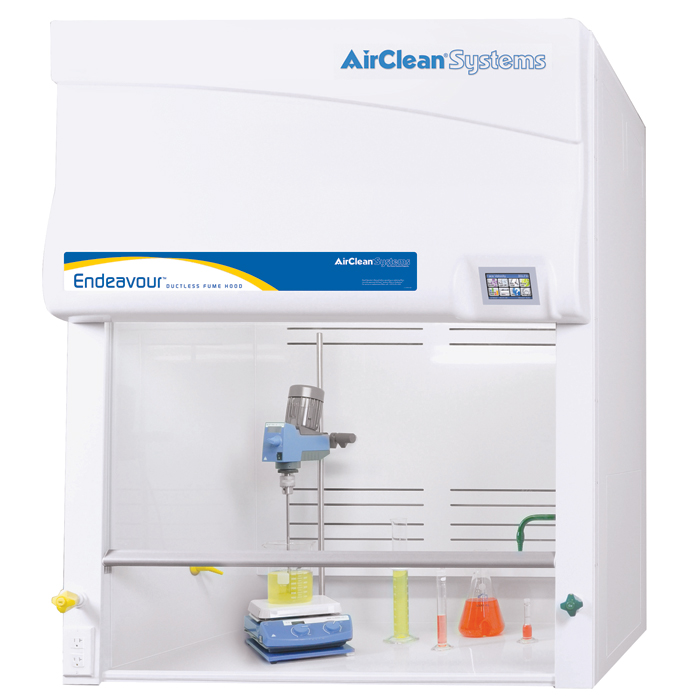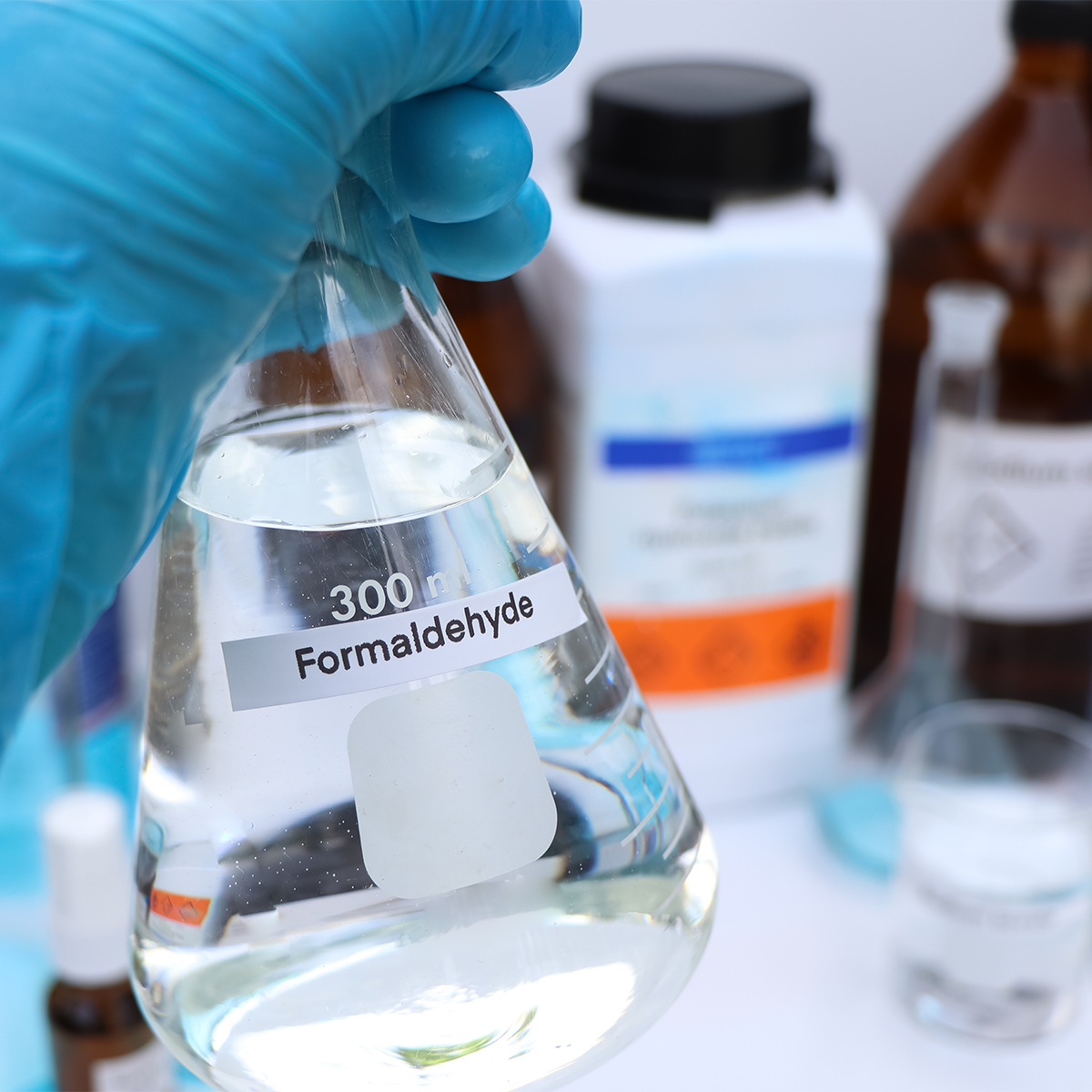
Formaldehyde
Formaldehyde has found its way back into the spotlight following a rule proposed by the Food and Drug Administration (FDA) to ban its use in hair products.1 Similarly, in March 2024, the U.S. Environmental Protection Agency (EPA) released a draft risk assessment for public comment as part of a risk evaluation of formaldehyde and formaldehyde-containing products in the U.S.2 According to the EPA, the risk evaluation process is designed to “…determine whether a chemical substance presents an unreasonable risk to health or the environment, under the conditions of use, including an unreasonable risk to a relevant potentially exposed or susceptible subpopulation.2” Chemicals are chosen for evaluation based upon priorities and criteria set by the EPA or in response to a manufacturer’s request. Formaldehyde was added to the priority list for risk evaluation in 20123, and now, in 2024, it is finally getting its time in the limelight.
What Is Formaldehyde And What Is It Used For?
An essential component to EPA risk evaluations is looking at the current uses for the chemical in question.2 Formaldehyde is a colorless, flammable chemical with a strong odor that is most often used as formalin, a liquid solution of formaldehyde mixed with alcohols such as methanol to promote stability. This chemical and its derivatives are fairly ubiquitous in our environment. In fact, the human body produces and degrades formaldehyde as a part of natural processes. Outside of the bodies of humans and animals, there are many industrial and consumer applications for formaldehyde or formalin across diverse industries (Table 1). Most applications fall into one of two categories: as an ingredient used to confer desired physical properties to a product (ex., reduce wrinkles in fabric) or as a preservative or pesticide to eliminate or prevent microbial growth in a product or area.
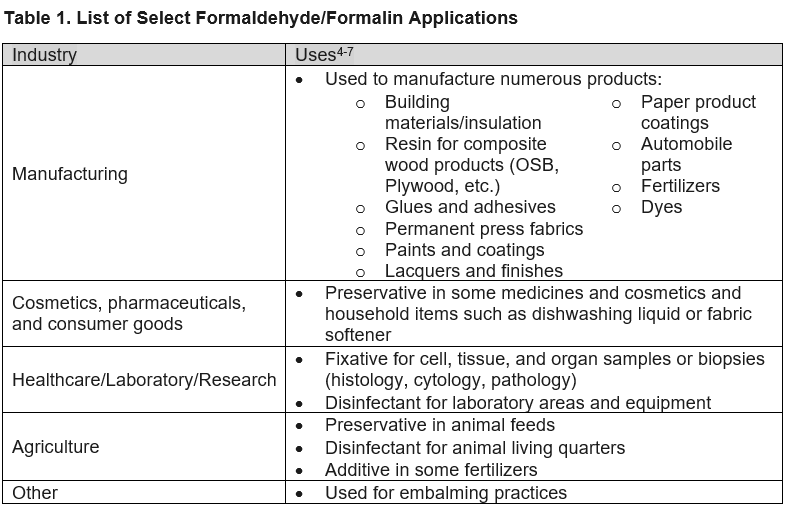
Formaldehyde Hazards
Despite its near ubiquity in our everyday lives, formaldehyde can present significant health hazards, particularly for workers in the industries listed above. Short-term exposure to formaldehyde vapors from the gaseous or liquid form irritates the eyes, nose, and throat, even in concentrations as low as 0.1 parts per million (ppm).6, 7 In some individuals, exposure may lead to an immune response that can cause severe allergic reactions upon subsequent exposure.7 Long-term formaldehyde exposure may induce asthma-like symptoms or skin irritation,7 while repeated exposures are associated with cancer.6, 7 Formalin containing methanol introduces additional chemical hazards into the workplace, as methanol vapor exposure can cause coughing, dizziness, nausea, vision changes, and even blindness. Given these numerous health effects, the Occupational Safety and Health Administration (OSHA) imposes strict regulations on formaldehyde use to protect workers (29 CFR 1910.1048).7 These regulations specify a permissible exposure limit for formaldehyde in the workplace as 0.75ppm in the air measured as an 8-hour time-weighted average.7 In addition, the short-term exposure limit is defined as 2ppm within a 15-minute period.7 The exposure levels allowed by these regulations demonstrate the potency of formaldehyde as a potential health hazard. Therefore, it is imperative that individuals working with formaldehyde or any of its derivatives are provided with adequate protection to prevent exposure.
Fume Hoods Protect From Formaldehyde Or Formalin Vapors
While the public awaits the EPA’s final risk evaluation determination, it is vital that organizations and individuals continue to use safe chemical hygiene practices and provide workers with the tools and knowledge to prevent exposure. OSHA recommends that organizations provide workers with appropriate personal protective equipment (PPE) and adopt feasible work practices and engineering controls to prevent formaldehyde exposure.7 Fume hoods, including ductless fume hoods fitted with appropriate carbon filters, can be used to help protect individuals from formaldehyde vapor exposure. Ductless fume hoods used for formaldehyde or formalin should pull air from near the operator across the workspace to the top and back of the hood. The contaminated air should then be filtered through an activated carbon filter prior to exhaust. Activated carbon filters should contain chemical impregnates that react with formaldehyde and its derivatives to promote efficient capture of vapors.
In addition to fume hoods and ductless fume hoods, a downflow workstation may also be appropriate for some applications. Formaldehyde and methanol vapors are slightly heavier than the ambient air. Therefore, these vapors tend to fall once released from a closed container. In a downflow workstation, these fumes are drawn further downward through a grated stainless-steel work surface and then drawn through activated carbon filters prior to exhaust. The advantage of these workstations is the open design that allows for closer inspection of samples and a greater range of movement while protecting the operator from hazardous fumes. Appropriate PPE and fume hoods should be used, in addition to other controls and practices, to help keep these individuals safe and protected from occupational exposure to potent and hazardous formaldehyde.
References
1. Department of Health and Human Services (HHS). “Use of Formaldehyde and Formaldehyde-Releasing Chemicals as an Ingredient in Hair Smoothing Products or Hair Straightening Products.” RIN: 0910-AI83. Fall 2023.
2. Environmental Protection Agency. “Risk Evaluations for Existing Chemicals under TSCA.” 2024. Accessed on May 3, 2024 from https://www.epa.gov/assessing-and-managing-chemicals-under-tsca/risk-evaluations-existing-chemicals-under-tsca.
3. Environmental Protection Agency, Office of Pollution, Prevention, and Toxics. “TSCA Work Plan for Chemical Assessments: 2014 Update.” October 2014.
4. American Chemistry Council. “Benefits and Applications: Formaldehyde is an Essential Ingredient.” Accessed on May 2, 2024 from https://www.americanchemistry.com/industry-groups/formaldehyde/benefits-applications.
5. Minnesota Department of Health. “Formaldehyde in Your Home.” 2022. Accessed on May 3, 2024 from https://www.health.state.mn.us/communities/environment/air/toxins/formaldehyde.htm.
6. The National Institute for Occupational Safety and Health (NIOSH). “Formaldehyde.” 2019. Accessed on May 2, 2024 from https://www.cdc.gov/niosh/topics/formaldehyde/.
7. Occupational Safety and Health Administration. “OSHA Fact Sheet: Formaldehyde.” 2011.
